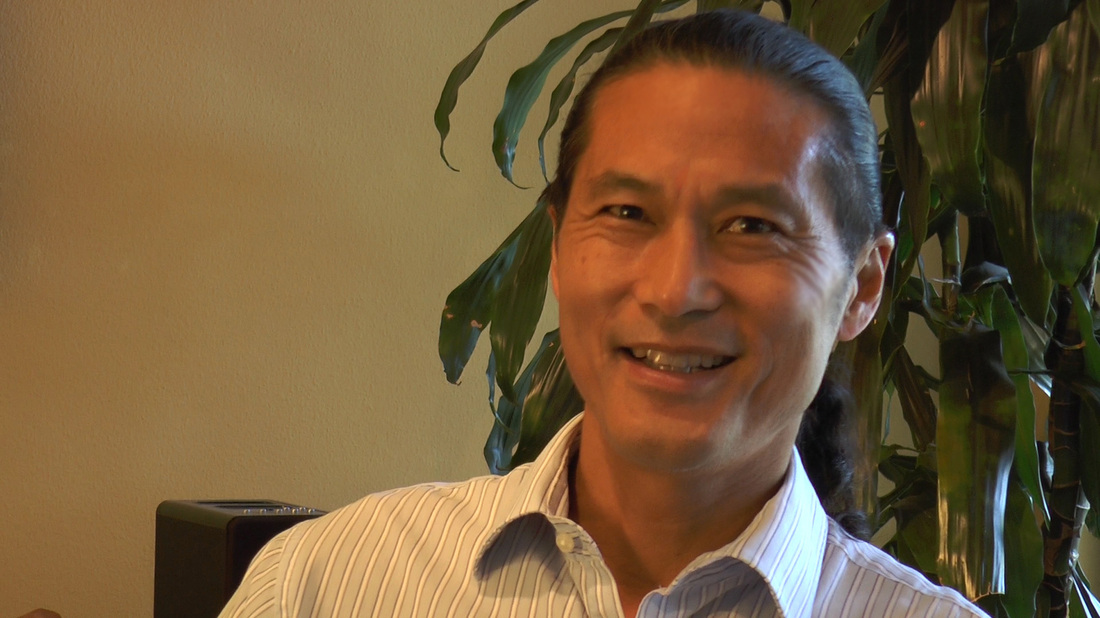
By Bruce
Yes, it’s real. When you hunch over a smartphone for hours at a time, texting, checking Facebook, writing e-mails, etc., you’re placing your body in an unnatural position. You might not notice it at first, but lots of people begin having neck pain and headaches that are the result of hours of looking down at the little screen.
We’re not getting rid of our smart devices anytime soon. They’ve become a regular feature of our lives and most people say they couldn’t live without them. But I take it as a good sign that tablets are losing popularity, with the exception of those that have the new detachable keyboards. This feature can help you spend less time hunching over. If you must use your smartphone for hours, take frequent breaks and straighten up. Raise your head, put your shoulders back and breathe deeply. Use the dictation feature if your phone has it. Long-term damage can come from “texting neck” but if you take some countermeasures this can be avoided. Since you’re probably reading this on a personal device, I’ll wrap it up!










 RSS Feed
RSS Feed